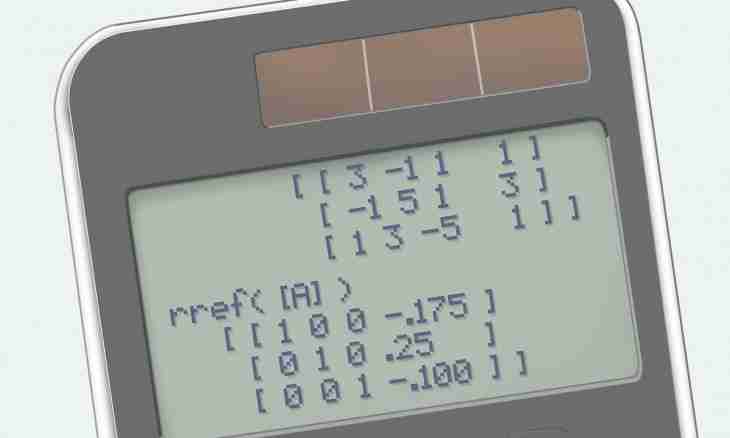Gas, as well as substances which are in other aggregate states has a number of parameters which also volume is among. The volume of gas is on the basis of other its characteristics which are given in a statement of the problem. Any gas, irrespective of a look and structure, has the volume which is required to be found in many tasks.
Instruction
1. Gas, irrespective of its structure, has three key parameters: weight, volume and density. In the majority of tasks operate with so-called ideal gas therefore it is necessary to rely in them only on the values of weight, pressure, temperature given in a condition. For example, in a statement of the problem gas N2 nitrogen with a temperature of 60 degrees, pressure of 30 kPa and weight in 0.05 g can be specified. Knowing these three parameters and composition of gas, on Mendeleyev-Klapeyrona's equation it is possible to find its volume. For this purpose it is necessary to remake this equation as follows: pV=mRT/M.Osushchestviv further transformation of a formula, find nitrogen volume: V = it the molar mass of M can be found according to D.I. Mendeleyev's table. At nitrogen it is equal to 12 g/mol. Then: V=0.05*12*8.31*333/30*12≈4.61.
2. If are known volume under normal conditions, and volume under other conditions is required, apply Boyle-Mariotta and Gay-Lussac's laws: pV/T=pnVn/Tn. In that case transform a formula as follows: pV*Tn =pnVn*T.Otsyuda the volume of V is equal: V=pnVn*T/p*Tn. The index of N means the size of any given parameter under normal conditions.
3. If to consider gas volume in terms of thermodynamics, it is possible to notice that forces at the expense of which volume changes can affect gases. At the same time pressure of gas is constant that is characteristic of isobaric processes. During such processes the volume changes from one size on another. They can be designated as V1 and V2. In the conditions of a number of tasks some gas which is under the piston in a vessel is described. At expansion of this gas the piston moves on some distance of dl therefore work is carried out: A=pdV=p (V2 - V1). This formula connects change of volume of gas and work. It is known that if the final volume of V2 is given, then it is possible to find the initial volume of V1: V1=pV2-A/p.
4. At last, it is the simplest to find gas volume, proceeding from two other physical parameters - masses and density. If in conditions gas with some density and weight is set, then its volume should be calculated on a formula: V=m/ρ. Each gas has certain density, as well as for any solid or liquid substance. Therefore, finding gas volume, first of all it is necessary to consider this parameter.

